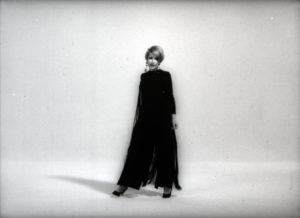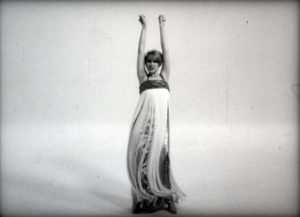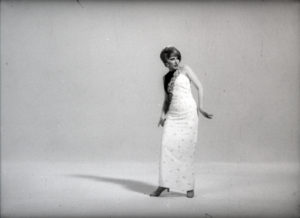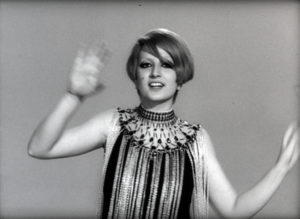Mina at the court of Antonello the Great
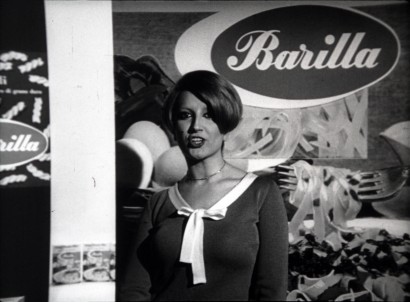
by Emmanuel Grossi
Antonello Falqui did not frequent the sets of advertising commercials very often. His realm was that of television variety shows, of which he remains the greatest and most important creator and director. It is just sufficient to mention Il Musichiere, Giardino d’inverno, Studio Uno and Biblioteca di Studio Uno, Canzonissima ’59 and ’68, Speciale per noi, Teatro 10, Dove sta Zazà and Mazzabubù, Milleluci, Fatti e fattacci, Bambole, non c’è una lira, Al Paradise (1)… to find oneself projected into the world of memories, among comedians, soubrettes, international stars, queens of song and the best that RAI ever produced between the 1950s and the 1980s.
Among his many great merits, there is also to have been a great innovator by experimenting (or researching and adapting them from the excellence of worldwide television) new formats and new concepts of the television medium, always in the sign of elegance, visual cleanliness and formal rigor. His most innovative show was Sabato sera – Saturday Night that in the spring of 1967 replaced the glorious Studio Uno that lately had been showing signs of tiredness and from which it inherited, together with the position in the broadcast palimpsest, the two opposite conceptions of the scenic space that had been alternating in those years, making them coexist. These were the “limbo look” (that is an empty white studio without backdrops or curtains) and the presence of live public positioned, for the first time, not in front of the limelight but on the sides on two sets of stairs, like the orchestra directed by Maestro Bruno Canfora.
Another innovation was the presence of Mina as the leading show woman, supported each time side by side by a different male partner (an evolution of her previous TV series L’uomo per me – The man for me). The only novelty that did not workout was the involvement of fashion designers (in the place of costume designers, who were more used to the needs of television). These gave Mina their couture collection clothes to wear, often with disappointing outcomes, both for the extravagance of the fashion of the time (trapeze shaped dresses, or oriental styles, or clothes made of plastic, or fabric with fantasy prints…), and because Mina had a physical appearance altogether different from that of diaphanous and all present Twiggy. Moreover, black and white television canceled any lively nuance of color, so much that the experiment did not have a follow up.
Many of these features came back in the Barilla commercials that Falqui filmed with Mina in parallel to the show, and that aired later on, at the end of summer: the “limbo” atmosphere, clothes similar to those of the television program, and a game of editing that had been already experimented in some clips of Sabato sera. Today this might seems simple, but at the time, it evoked great wonder in the public. Each of the five songs (Cartoline, Conversazione, La banda, L’immensità and Se c’è una cosa che mi fa impazzire) (2) was filmed twice, with Mina repeating the same steps and movements but wearing different clothes.
Later on, using a moviola editing machine, the two versions were cut, interlaced and joined in rhythm with the music, transforming Mina in a new Fregoli (3). In the ending coda, the commercial returns to a homespun and colloquial dimension, however crazy: Mina spoke directly to the female audience while surrounded and overhung by huge pasta boxes.
